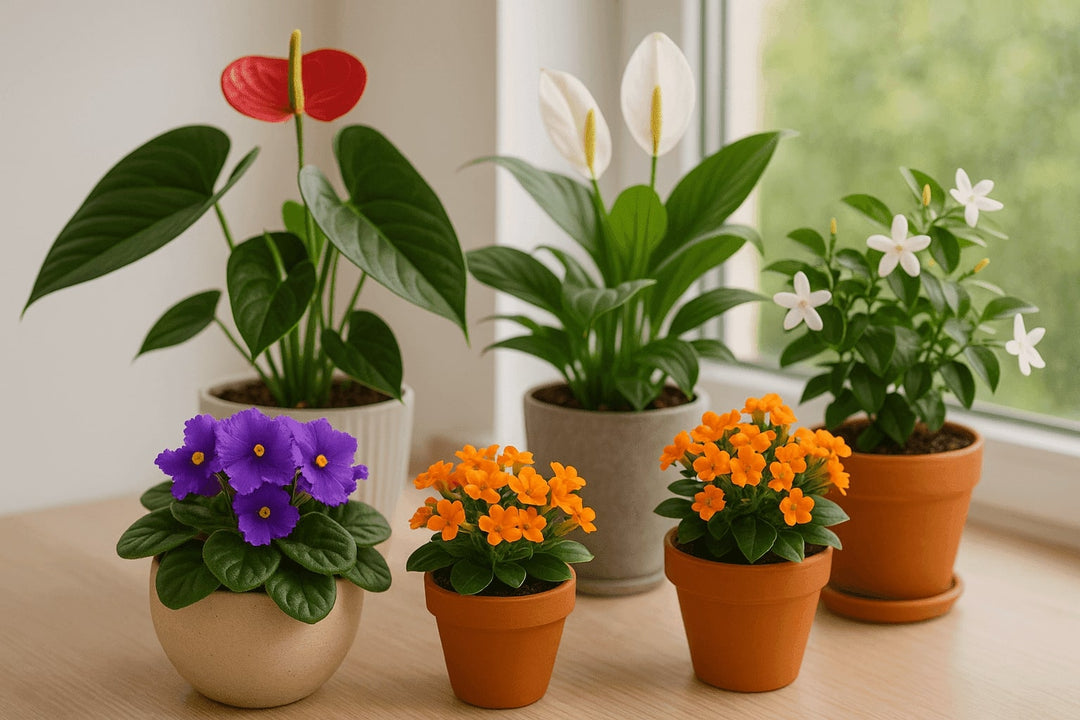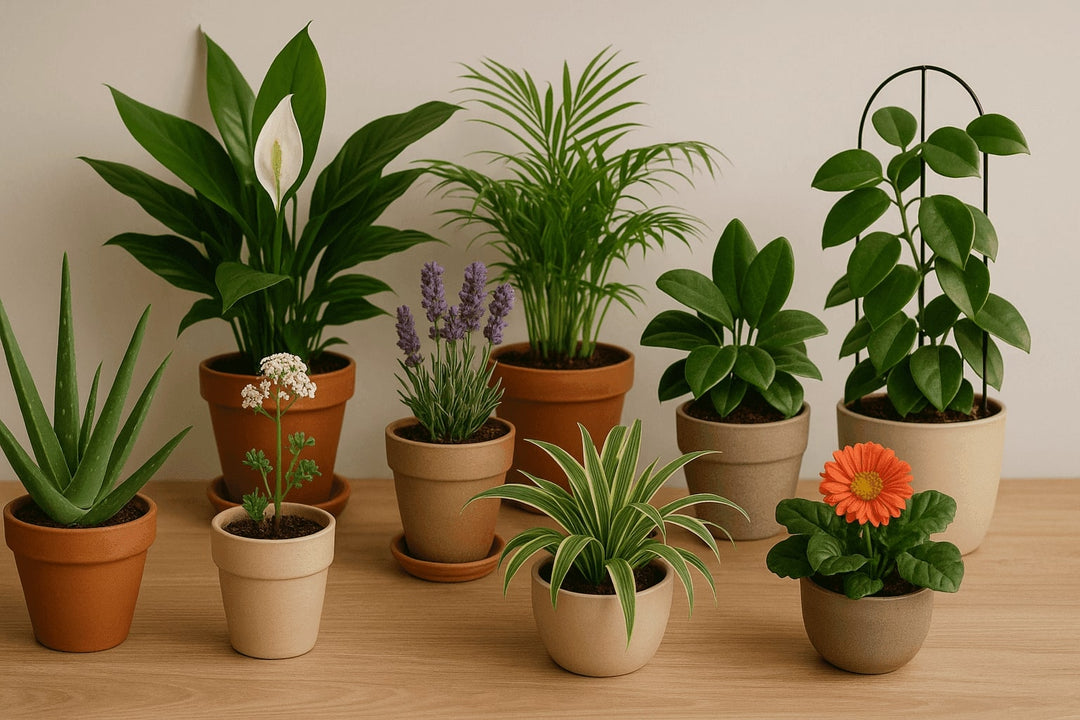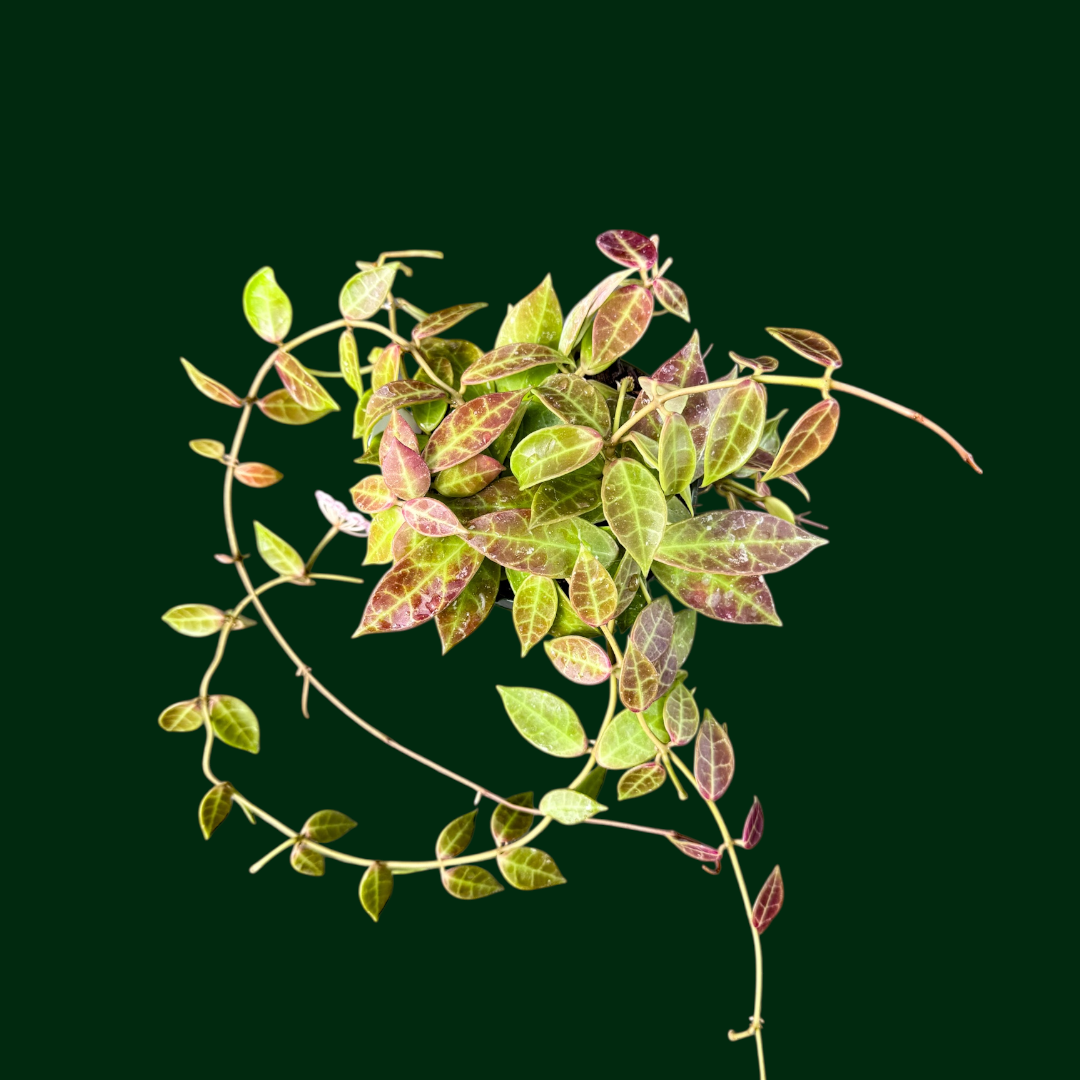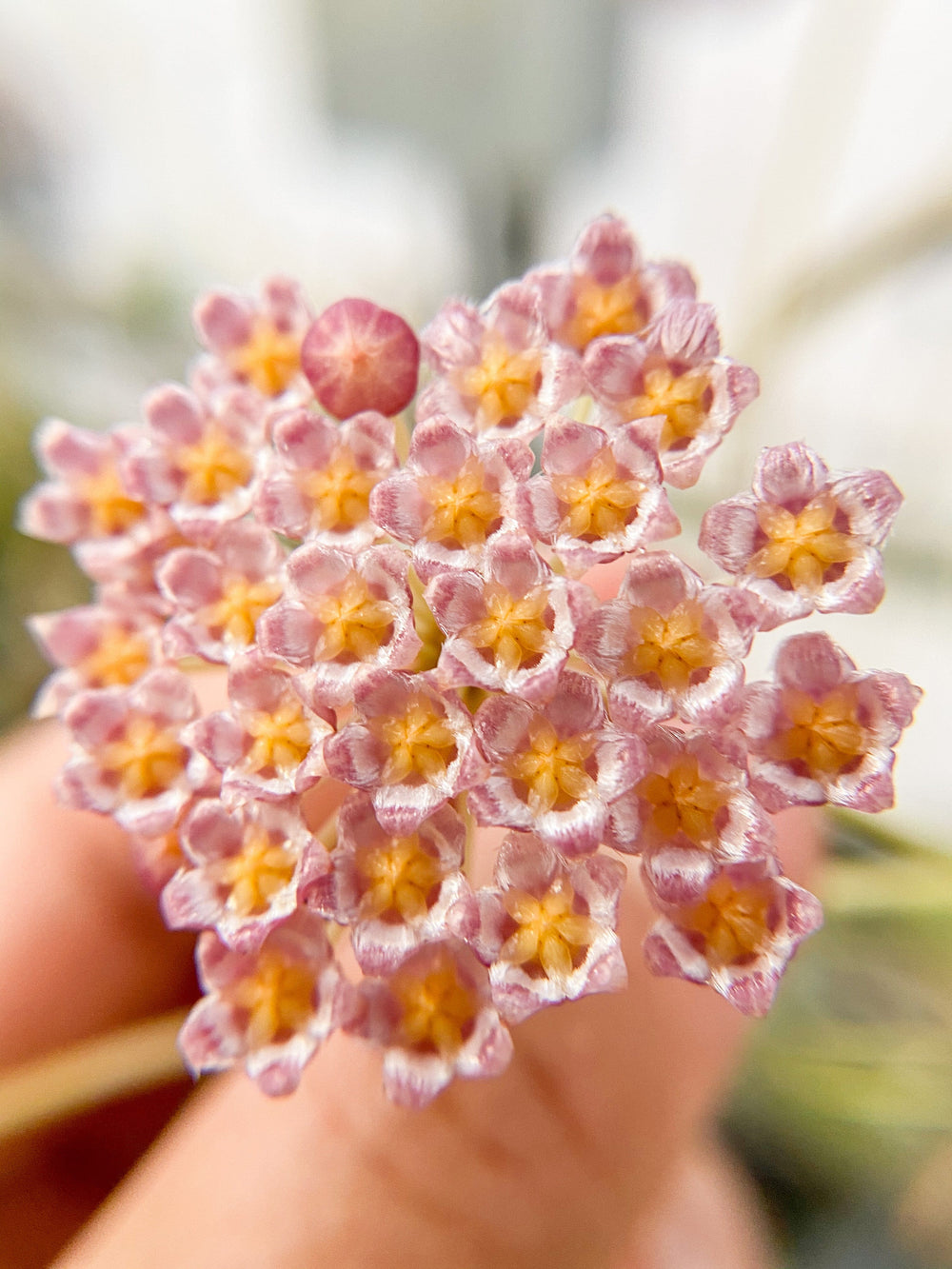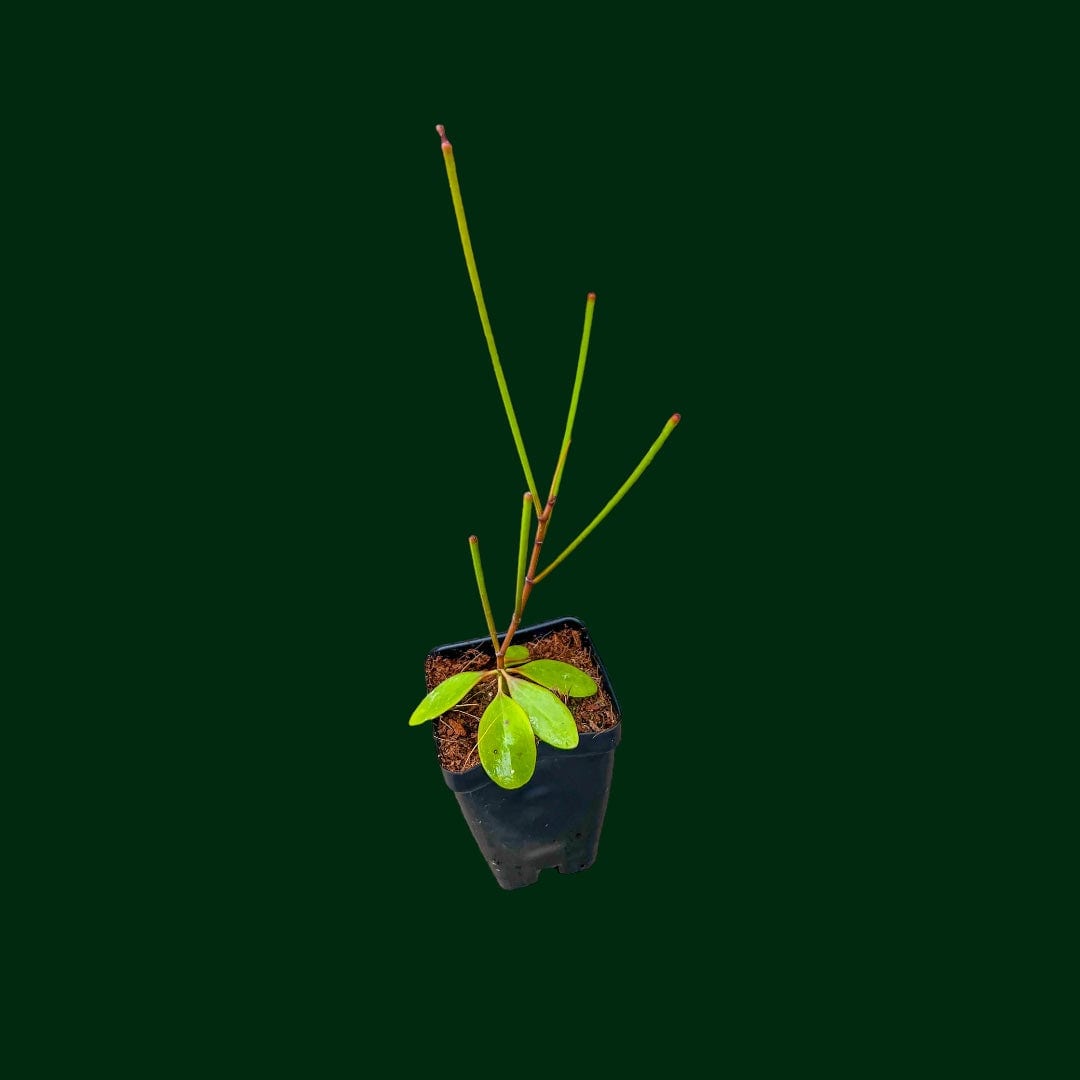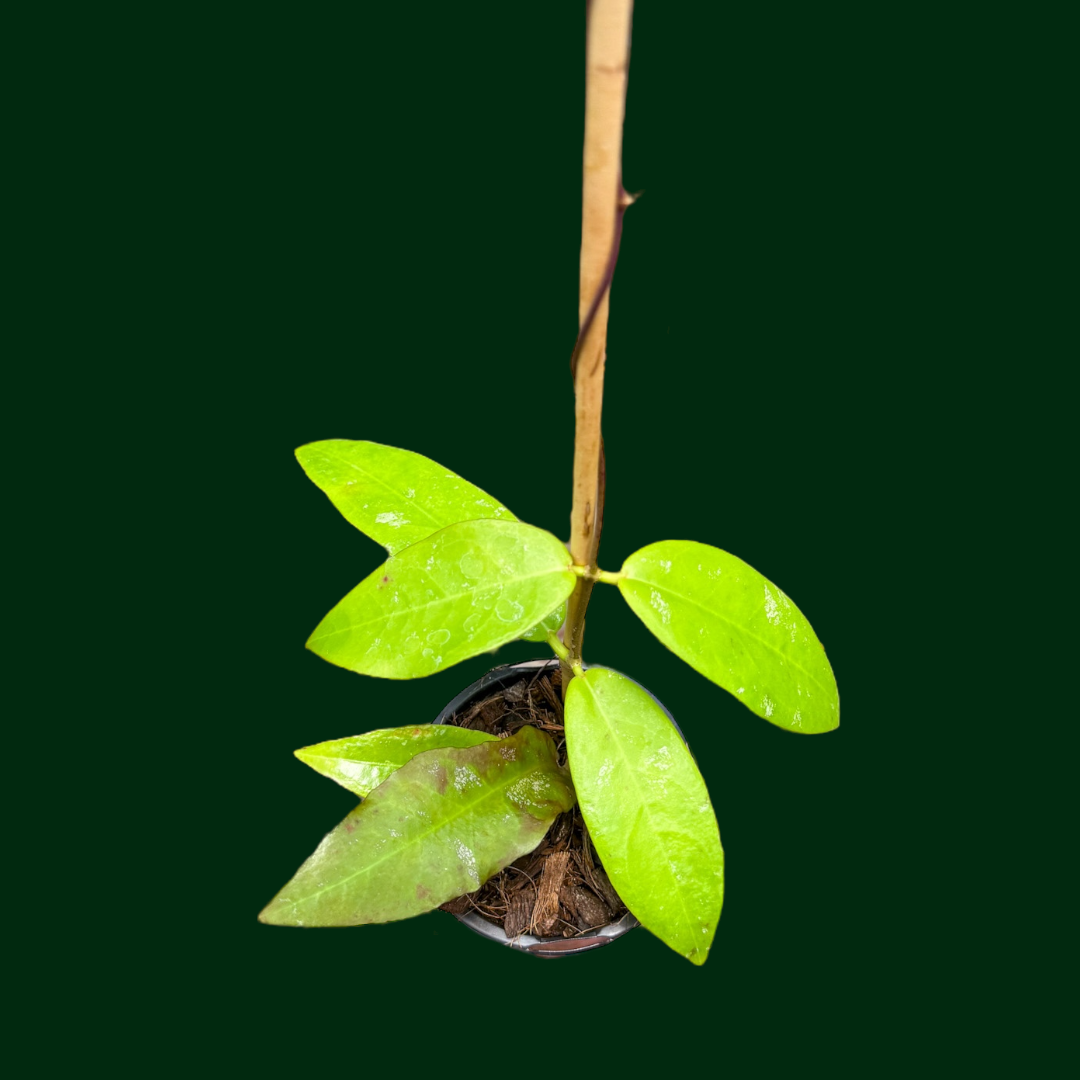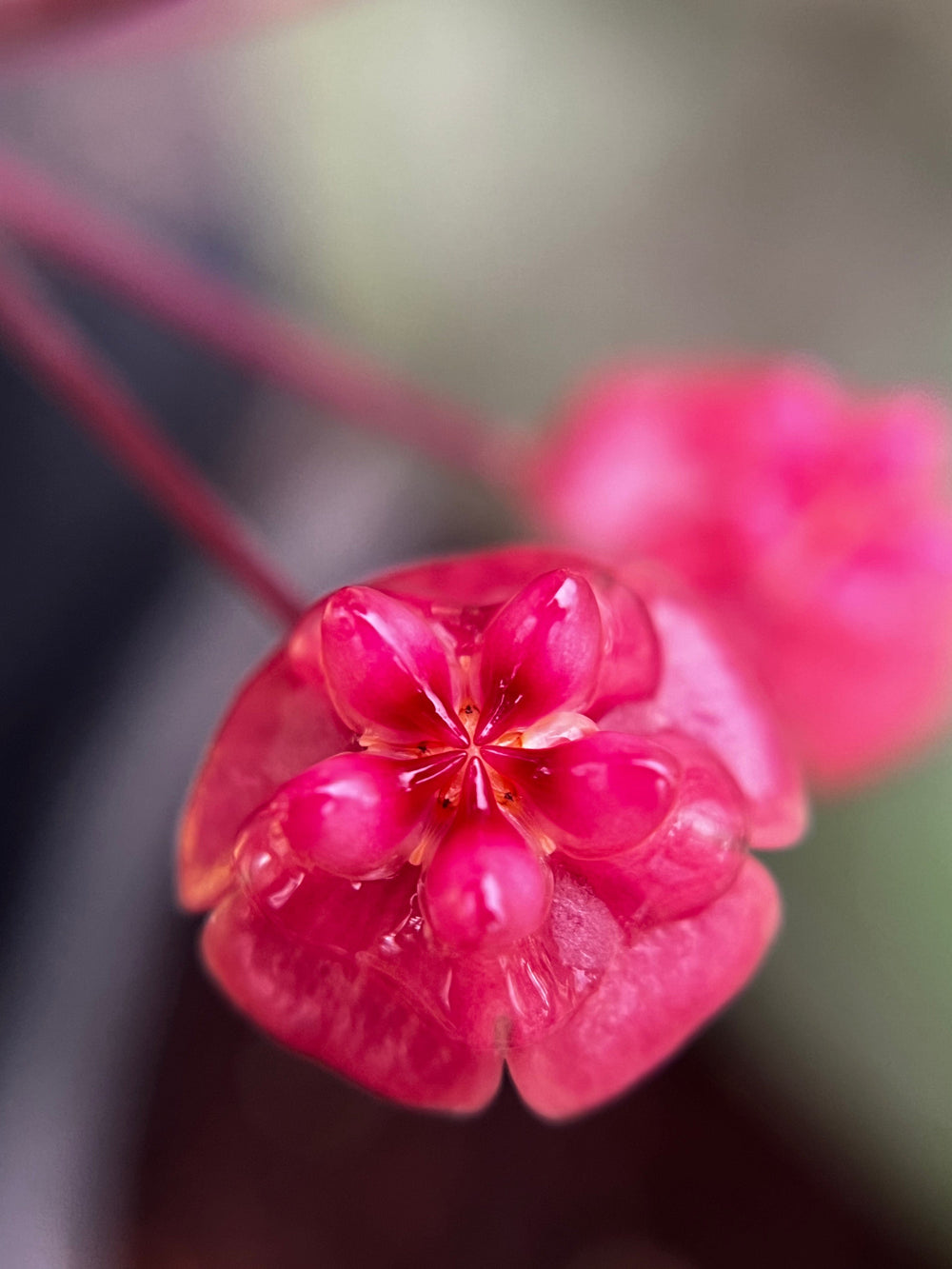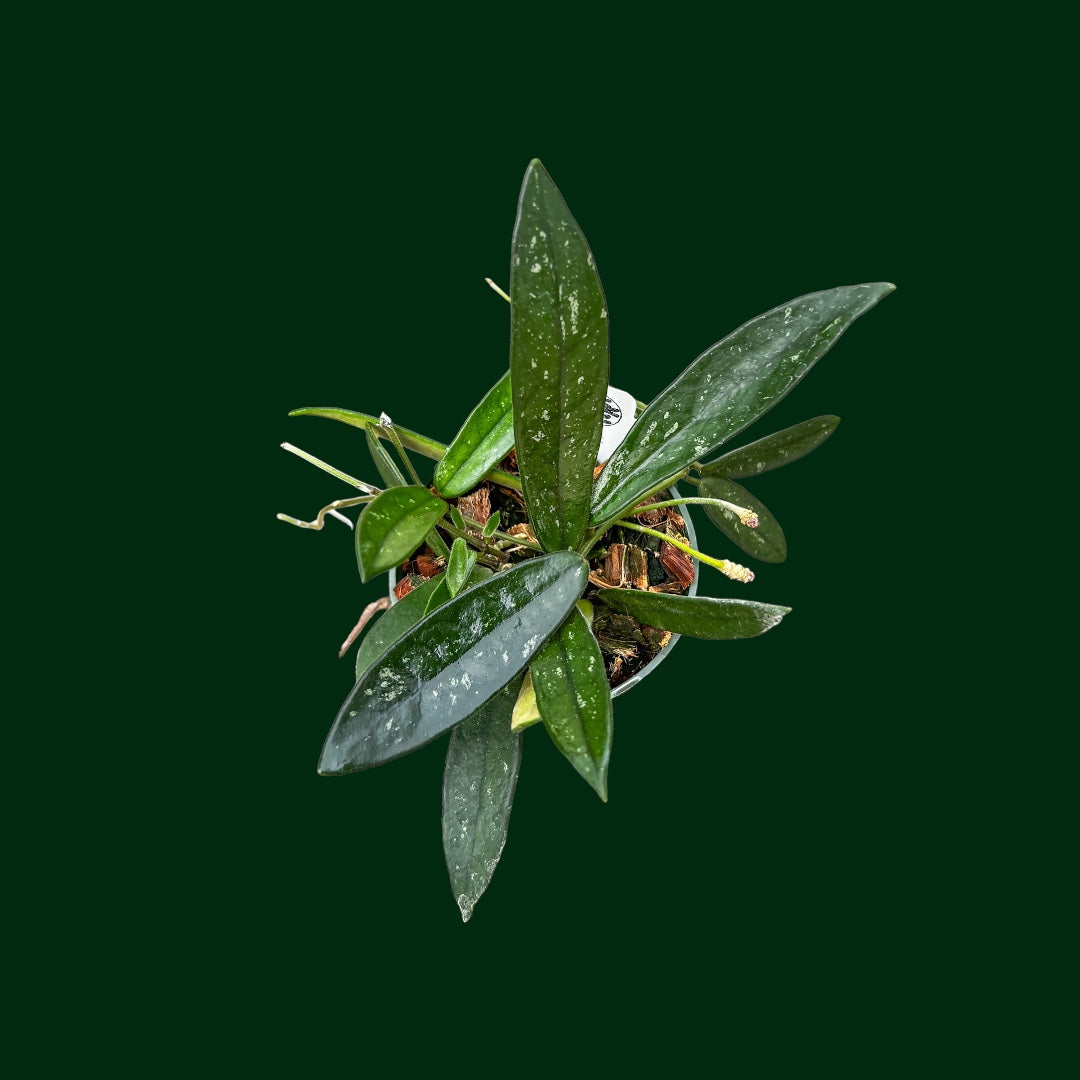How to Get Rid of Gnats In Houseplants
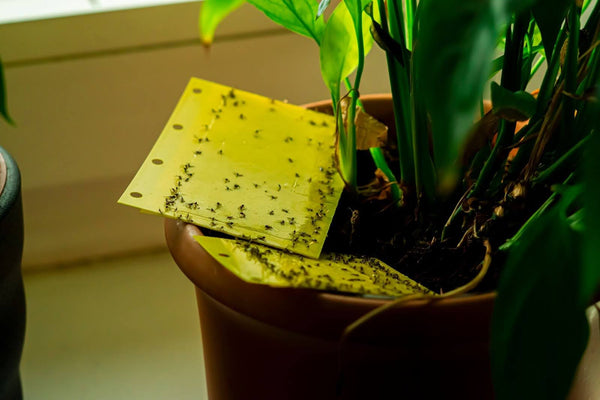
Table of Contents
- Meet the Culprit: What Are Fungus Gnats?
- How to Get Rid of Fungus Gnats in Your Houseplants
- Prevention Tips for Gnat-Free Plants
- Gnat-Fighting FAQs
- Your Gnat-Free Glow Up Starts Now
So, you’re lovingly watering your Hoya, vibing in your indoor jungle, when — bam! Tiny gnats start doing aerial tricks right in front of your face. Rude.
If you’ve ever caught yourself Googling “how to get rid of gnats in my houseplants” at 2 a.m., welcome to the club. The fungus gnat fiasco is real, and they’re basically the uninvited guests of the plant world.
But don’t worry — you can totally kick them out and reclaim your leafy peace.
Let’s get root-deep into how to get rid of gnats in your houseplants (and keep them gone).
Meet the Culprit: What Are Fungus Gnats?
Fungus gnats are those tiny black bugs you’ll often see hovering around your plants or crawling across the soil like they pay rent (spoiler: they don’t).
They look like baby mosquitoes, and while they can fly, they’re not great at it. Mostly, they flutter awkwardly and love to hang out near moist soil — especially if it’s full of decaying organic matter.
The real problem isn’t the adult gnats — it’s their larvae.
They lay eggs in the top layer of soil, and once those hatch, the larvae feast on fungus, organic matter, and yes... tender plant roots. That can lead to poor growth, yellowing leaves, or even a slow decline if left unchecked.
|
🪰 Did You Know? One gnat doesn’t stay one gnat. A single adult can lay up to 300 eggs in their short lifetime — and in a warm, humid environment, they hatch fast. Without intervention, what starts as a few annoying flyers can become a full-blown gnatpocalypse. |
How to Get Rid of Fungus Gnats in Your Houseplants
Here’s your no-fluff, no-fly zone plan of action. It's the same one we use when gnats try to make our Hoyas their crash pad.
Step 1: Let the Soil Dry Out
This one’s simple but powerful. Fungus gnats thrive in consistently moist soil — especially if you’re using mixes with lots of organic matter.
🌱 What to do: Let the top 1–2 inches of soil dry completely before watering again. For most tropical houseplants, this is totally safe and actually healthy.
🌱 Bonus tip: Switch to a chunkier soil mix with better drainage.
Think of it like closing the club before the party even starts. No moisture, no larvae.
Step 2: Target the Larvae
Adult gnats are annoying, but the real drama is underground. Time to hit the source.
🌱 Option A: Hydrogen Peroxide Drench
-
Mix 1 part 3% hydrogen peroxide with 4 parts water.
-
Water your plant with the solution until it drains out the bottom.
-
You’ll hear a little fizz — it’s normal! It’s breaking down organic matter and zapping larvae.
🌱 Option B: Neem Oil
Neem is a natural insecticide that disrupts the gnat life cycle. You can use it as a soil soak or foliar spray.
-
Mix 1 tsp neem oil + 1 tsp mild soap + 1 quart water
-
Water the soil or mist the top layer regularly until the gnats are gone.
🌱 Option C: Mosquito Bits
These contain Bacillus thuringiensis israelensis (BTi) — a bacteria that’s harmless to humans and pets but deadly to gnat larvae.
-
Soak bits in water, then use that to water your plants.
-
You can also sprinkle bits directly on the soil if you prefer.
Step 3: Trap the Adults
You’ve cut off the breeding ground — now let’s evict the flyers.
-
Yellow Sticky Traps: These work like a charm. Place one in each pot or hang it nearby. Gnats are drawn to yellow and get stuck. Bye-bye.
-
DIY Vinegar Trap: Mix apple cider vinegar, a drop of dish soap, and a little water in a shallow dish. Cover with plastic wrap, poke holes in the top, and set it near the infested plant.
It’s oddly satisfying to watch them disappear, not gonna lie.
Step 4: Repot If Necessary
If your soil is super soggy, smells funky, or you’ve been dealing with gnats for weeks — go ahead and repot.
-
Gently remove the plant and discard the old soil.
-
Rinse the roots and inspect for damage.
-
Repot with fresh, well-draining soil and a clean pot.
Treat it like a fresh start for both you and your plant.

Prevention Tips for Gnat-Free Plants
Once you’ve cleared the infestation, let’s make sure they don’t come back for a sequel. Here are some tips to keep your plants safe and gnat-free:
Rethink Your Watering Routine
Stick your finger in the soil before watering — if it’s dry 1–2 inches down, you’re good to go. Water less frequently in winter when growth slows down.
Add a Top Layer
Cover the soil with a layer of coarse sand, fine gravel, or decorative pebbles. It makes it harder for gnats to lay eggs — and it looks cute, too.
Quarantine New Plants
Always, always isolate new green friends for a week or two. It’s like plant quarantine — no judgment, just protection.
Bring in the Bug Squad
If you’re dealing with repeated infestations, consider adding beneficial nematodes or predatory mites (like Hypoaspis miles) to your soil. They’re invisible bodyguards for your roots.
Gnat-Fighting FAQs
Are fungus gnats harmful to humans?
Nope! They don’t bite or sting. But they will annoy the heck out of you — and damage young or sensitive plants.
Can I use cinnamon to kill fungus gnats?
Yes! Cinnamon is antifungal and can help dry out the soil surface. Sprinkle a bit on top of the soil to discourage egg-laying.
Why do gnats keep coming back?
Usually, it's overwatering or super organic-rich soil that stays wet for too long. Focus on airflow, drainage, and consistent dry periods between watering.
Can I bottom-water my plants if I have fungus gnats?
Totally! Bottom watering avoids moistening the top layer of soil, which is where gnats like to hang out. Just don’t overdo it.
How long does it take to get rid of gnats completely?
With consistent treatment, you’ll usually see major improvements in 7–10 days. For stubborn cases, give it 2–3 weeks.
Your Gnat-Free Glow Up Starts Now
Even the most experienced plant parents have dealt with the dreaded gnat attack. It doesn’t mean you’re doing anything wrong — it just means your plants are thriving enough to attract freeloaders.
Now you know exactly how to get rid of gnats in your houseplants, from larvae to liftoff. You’ve got the tools, the tricks, and the tenacity to win the battle.
Go forth and slay the bugs!
Looking for more plant care tips? Explore our blog and learn how to take care of your indoor jungle the right way.



